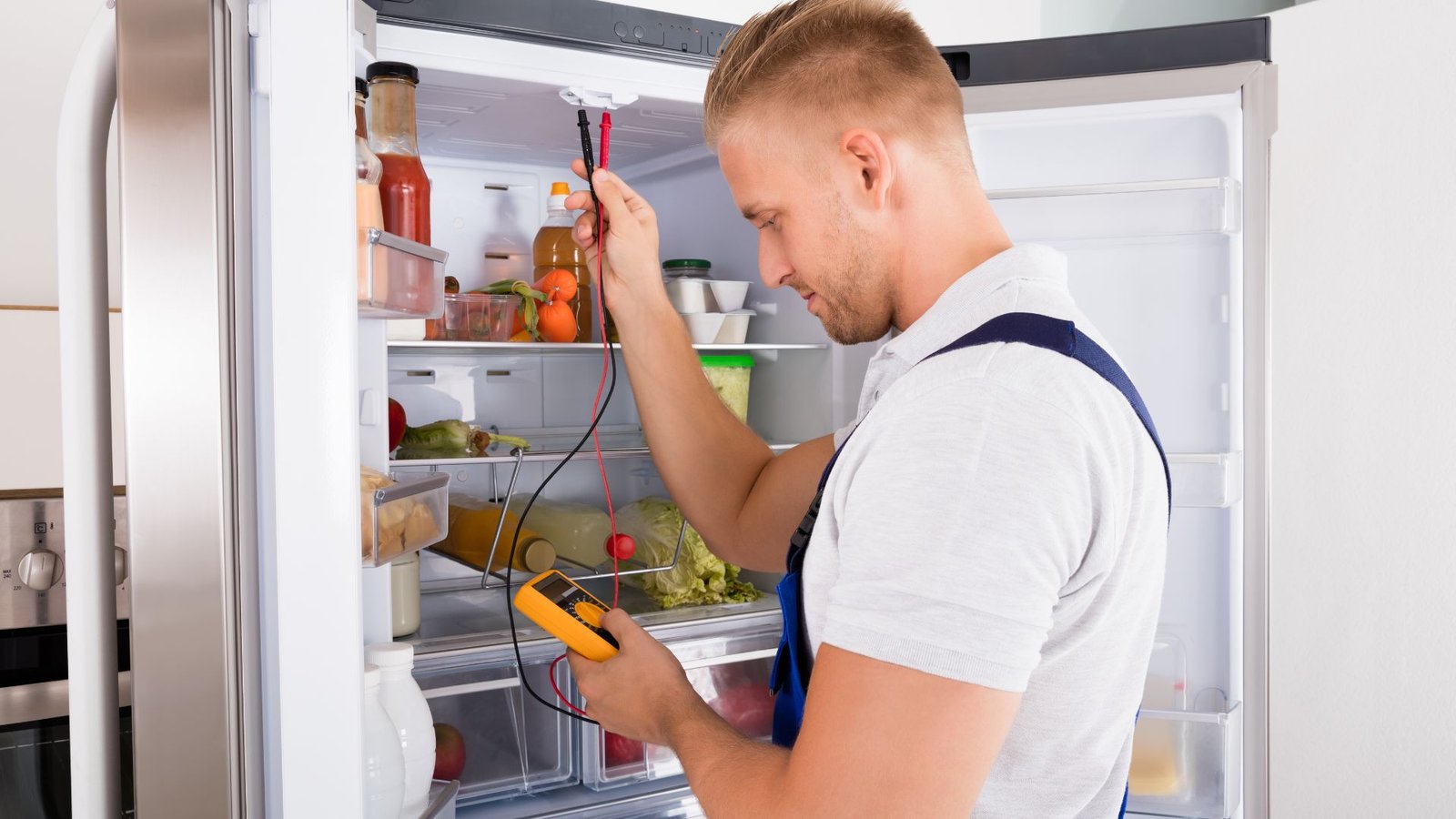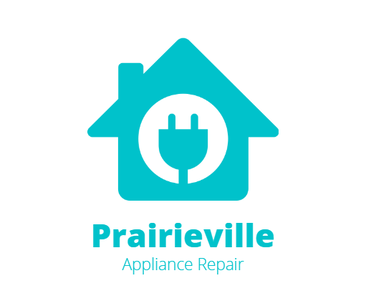 Let’s explore practical ways to trim down electricity expenses linked to your refrigerator usage. By making simple adjustments like optimizing temperature settings, ensuring proper airflow within, and considering appliance upgrades, you can make a substantial impact on your energy bills. These tips not only offer cost savings but also contribute to a more efficient and sustainable household.
Let’s explore practical ways to trim down electricity expenses linked to your refrigerator usage. By making simple adjustments like optimizing temperature settings, ensuring proper airflow within, and considering appliance upgrades, you can make a substantial impact on your energy bills. These tips not only offer cost savings but also contribute to a more efficient and sustainable household.
Key Takeaways
- Opt for Energy Star certified refrigerators for 9-10% more energy efficiency.
- Keep refrigerator temperature between 37-40°F to prevent excessive energy use.
- Regularly defrost your fridge every 6 months to optimize performance.
- Organize fridge contents efficiently to avoid overpacking and blocked vents.
- Maintain door seals to prevent cold air leakage and ensure optimal efficiency.
Proper Temperature Settings
Are you uncertain about the ideal temperature setting for your refrigerator to maximize energy efficiency and food freshness? When it comes to refrigerator repair in Prairieville, LA, setting the temperature correctly is vital. The recommended temperature for the refrigerator compartment is between 37 and 40 degrees Fahrenheit. This range is ideal for preserving your food without making your fridge work harder than necessary.
To guarantee your refrigerator operates efficiently, avoid setting the temperature too low, as it can lead to excessive energy consumption without providing any additional benefits. On the other hand, setting the temperature too high can compromise the freshness and safety of your food items. By maintaining the temperature within the recommended range, you can save on electricity costs while keeping your food fresh.
Regularly check the temperature using a thermometer to ensure it stays within the ideal range. If you notice any issues or inconsistencies, consider contacting a professional for refrigerator repair services in Prairieville, LA, to address the problem promptly and prevent further energy wastage.
Regular Defrosting
Maintaining proper temperature settings in your refrigerator is key to energy efficiency, and another important aspect to take into account is regular defrosting to optimize its performance and longevity. When ice builds up in the freezer, it acts as an insulator, making the appliance work harder to keep things cold.
Here are some practical tips for effective defrosting:
- Schedule Regular Defrosting: Set a reminder to defrost your freezer at least once every six months to prevent excessive ice buildup.
- Use the Correct Tools: Use a plastic scraper or a special defrosting tool to remove ice without damaging the freezer’s interior.
- Empty the Freezer: Transfer your food items to a cooler with ice packs to prevent them from spoiling during the defrosting process.
- Clean and Dry Thoroughly: Once defrosted, clean the interior with a mild detergent, dry it completely, and then plug the refrigerator back in.
Organize for Efficiency
To enhance energy efficiency in your refrigerator, strategically arrange items to optimize space and minimize excess air circulation. By organizing for efficiency, you can reduce the workload on your refrigerator, ultimately saving energy and costs.
Start by grouping similar items together, such as fruits, vegetables, dairy, and meats, to create designated zones. This helps in locating items quickly, reducing the time the fridge door is open. Additionally, store leftovers in clear, airtight containers to easily identify them and prevent odors from spreading.
Arrange taller items towards the back and shorter items towards the front to guarantee proper air circulation. Avoid overpacking your fridge, as overcrowding can block vents and hinder airflow. Regularly declutter your fridge to remove expired items and free up space.
Check Door Seals
Inspecting the door seals of your refrigerator regularly is essential for maintaining its energy efficiency. Over time, these seals can wear out, leading to cold air leakage and increased energy consumption. Here are four important steps to make sure your door seals are in top condition:
- Visual Inspection: Start by visually examining the door seals for any visible cracks, tears, or gaps. Even small damages can affect the seal’s effectiveness.
- Dollar Bill Test: Place a dollar bill in the door and close it. If you can easily pull out the bill without resistance, it’s a sign that the seals may need replacing.
- Clean Seals Regularly: Dirt and debris can build up on the seals, preventing them from forming a tight seal. Wipe them down regularly with a mild detergent to keep them clean.
- Check for Condensation: Excessive condensation on the outside or inside of the refrigerator can indicate a problem with the door seals. Address any issues promptly to maintain energy efficiency.
Consider Energy-Efficient Models
After ensuring your refrigerator’s door seals are in top condition, one practical step to enhance energy efficiency is considering energy-efficient models for your next purchase. Energy-efficient refrigerators are designed to consume less power while still providing excellent cooling performance. These models often come with features such as improved insulation, advanced compressor technology, and energy-saving modes.
When shopping for an energy-efficient refrigerator, look for the Energy Star label. Energy Star certified appliances meet strict energy efficiency guidelines set by the Environmental Protection Agency and the Department of Energy. These refrigerators are approximately 9-10% more energy efficient than standard models, leading to significant cost savings over time.
Consider the size of the refrigerator as well. A larger fridge will consume more energy to maintain its internal temperature. Opt for a size that fits your household’s needs without being excessive. Additionally, features like adjustable shelves, LED lighting, and automatic defrost can further enhance energy efficiency in your new refrigerator purchase.
Frequently Asked Questions
Can Using a Refrigerator Thermometer Help in Setting the Right Temperature?
Using a refrigerator thermometer can help guarantee we set the right temperature. It allows us to monitor and adjust the fridge’s internal temperature accurately, which can lead to energy savings and better food preservation.
How Often Should I Clean the Coils at the Back of the Refrigerator?
Cleaning the coils at the back of the refrigerator helps maintain efficiency. We recommend doing this task every 6 months. A study showed that dirty coils can increase energy consumption by up to 30%, impacting electricity costs.
Is It Better to Keep the Refrigerator Full or Partially Empty?
Keeping the refrigerator full helps maintain its coolness as items act as thermal mass. This reduces temperature fluctuations and helps save energy. However, overcrowding can obstruct airflow, so find a balance to optimize efficiency.
What Are Signs That Indicate the Need for Replacing Door Seals?
When it comes to replacing door seals, signs like visible cracks, tears, or a warm exterior are vital indicators. Seals are essential for maintaining efficiency. One interesting statistic is that up to 30% of a fridge’s energy consumption can be due to faulty seals.
Are There Any Government Incentives for Purchasing Energy-Efficient Refrigerators?
Yes, there are government incentives for purchasing energy-efficient refrigerators. These incentives can come in the form of tax credits, rebates, or special financing options. Checking with local and federal agencies can help maximize savings.
Conclusion
In the vast landscape of energy-saving practices, let’s not overlook the humble refrigerator. By carefully tending to its needs, like a gardener nurturing a delicate bloom, we can reap the benefits of lower electricity costs.
Let’s continue to cultivate efficiency in our daily routines, ensuring that our refrigerators thrive while we preserve energy for a brighter, more sustainable future.
